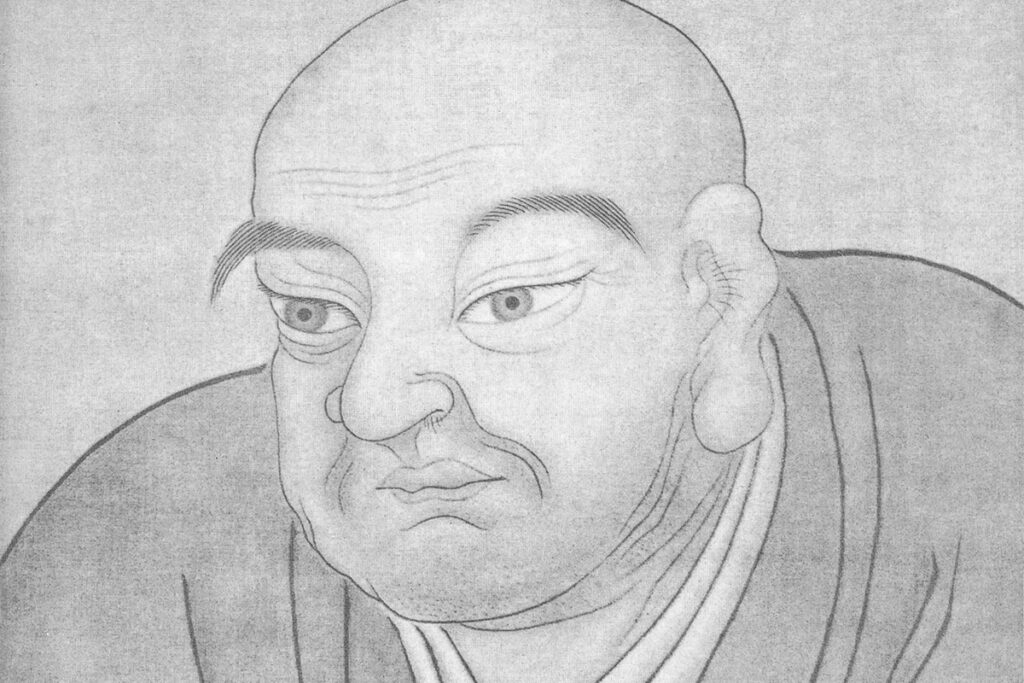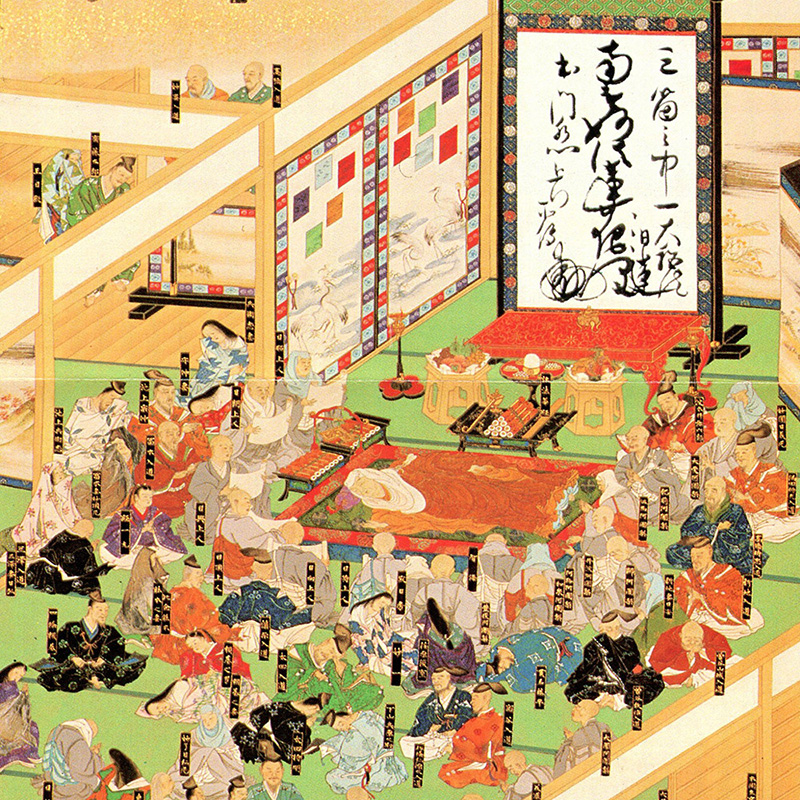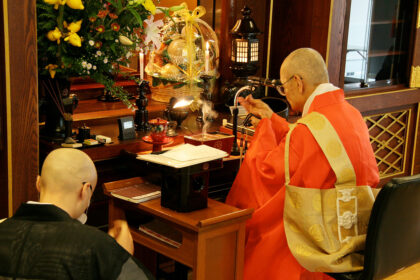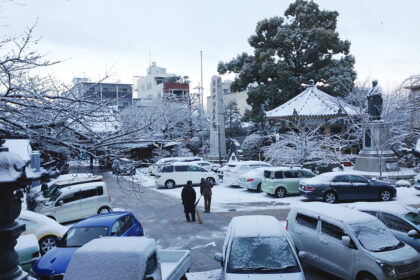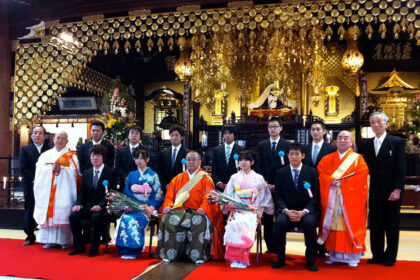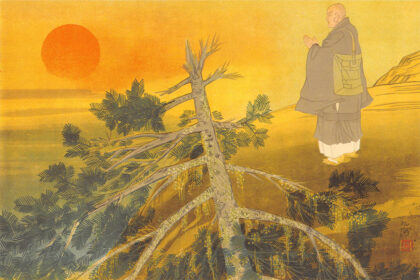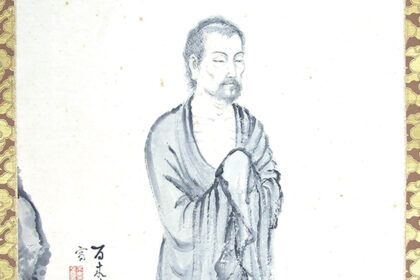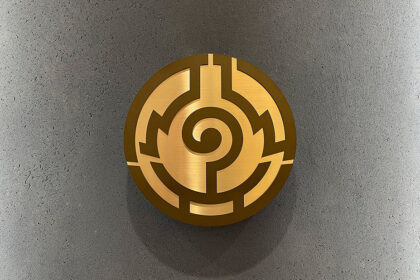Nichiren Shōnin (日蓮聖人), revered as the Great Master of the Latter Day of the Law, was born on February 16, 1222 (Jōkyū Era, 4th Year, 2nd Month, 16th Day) into a humble fishing family in Kominato, on the Bōsō Peninsula, now part of Chiba Prefecture. Legend holds that his birth was accompanied by extraordinary auspicious omens (奇瑞, kizui): lotus flowers blooming upon the sea, crystal-clear springs welling up in his family’s garden, and other remarkable phenomena.
Nichiren Shōnin came into a world torn by civil unrest and plagued by natural disasters and epidemics. Troubled by the inability of widespread Buddhist practices like the chanting of Namu-Amidabutsu (念仏) to resolve such profound societal and personal suffering, he dedicated himself to seeking the ultimate truth of Buddhism. At the age of twelve, he entered the Buddhist priesthood at Seichōji (清澄寺), a nearby temple, embarking on a lifelong journey of rigorous study. For two decades, he delved into Buddhist scriptures in Kyoto, Nara, and other scholarly centers of Japan, ultimately discerning that the Lotus Sutra held the essence of the Buddha’s teachings. He realized that the Buddha’s ultimate intention was revealed in the final eight chapters of the sutra, known as Honmon Happon (本門八品), which teach that the core of Buddhist practice lies in chanting Odaimoku (御題目), the sacred invocation Namu Myōhō Renge Kyō (南無妙法蓮華経).
On April 28, 1253, at the age of thirty-two, Nichiren Shōnin proclaimed his vow to propagate Odaimoku, affirming it as the teaching meant especially for the Latter Day of the Law (Mappō, 末法), an era foretold in the sutras as fraught with decline and confusion.
The 16th chapter of the Lotus Sutra, The Life Span of the Tathāgata (如来寿量品), reveals the Buddha’s eternal nature as the Primordial Buddha, whose existence spans infinite time. All other Buddhas are described as temporary emanations of this eternal truth. In the 21st chapter, The Supernatural Powers of the Tathāgata (如来神力品), the Buddha entrusts Bodhisattva Superior Practice (Jōgyō, 上行菩薩) with the sacred mission of spreading the Lotus Sutra during the age of Mappō.
Two decades after dedicating himself to the propagation of Odaimoku, Nichiren Shōnin came to the profound realization that he was none other than the reincarnation of Bodhisattva Superior Practice, directly tasked by the Primordial Buddha with this mission. The Lotus Sutra had prophesied that those who would propagate its teachings in the age of Mappōwould face grave persecution, including exile and execution attempts, but would be protected by the Guardian Deities of Dharma. Nichiren Shōnin’s relentless struggles, marked by banishments and life-threatening ordeals, perfectly aligned with these predictions, affirming his role as the fulfillment of the Buddha’s prophecy.
From that moment forward, Nichiren Shōnin carried out his mission with unwavering resolve, proclaiming Namu Myōhō Renge Kyō as the universal path to enlightenment. He continued his efforts until his passing in 1282 at the age of 61, leaving behind a legacy that illuminates the true teachings of the Lotus Sutra for future generations.
Without Nichiren Shōnin’s appearance in the world during the age of Mappō, humanity would not have encountered the profound truth of the Lotus Sutra. For this reason, members of the Honmon Butsuryū-shū venerate him as one of the three great masters of the tradition, honoring his immeasurable contributions to the propagation of the Buddha’s eternal wisdom.

